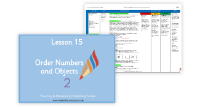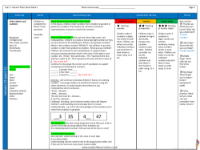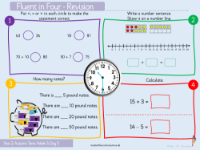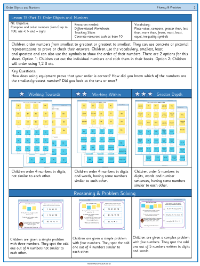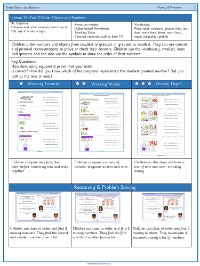Place value - Order numbers and objects - Presentation
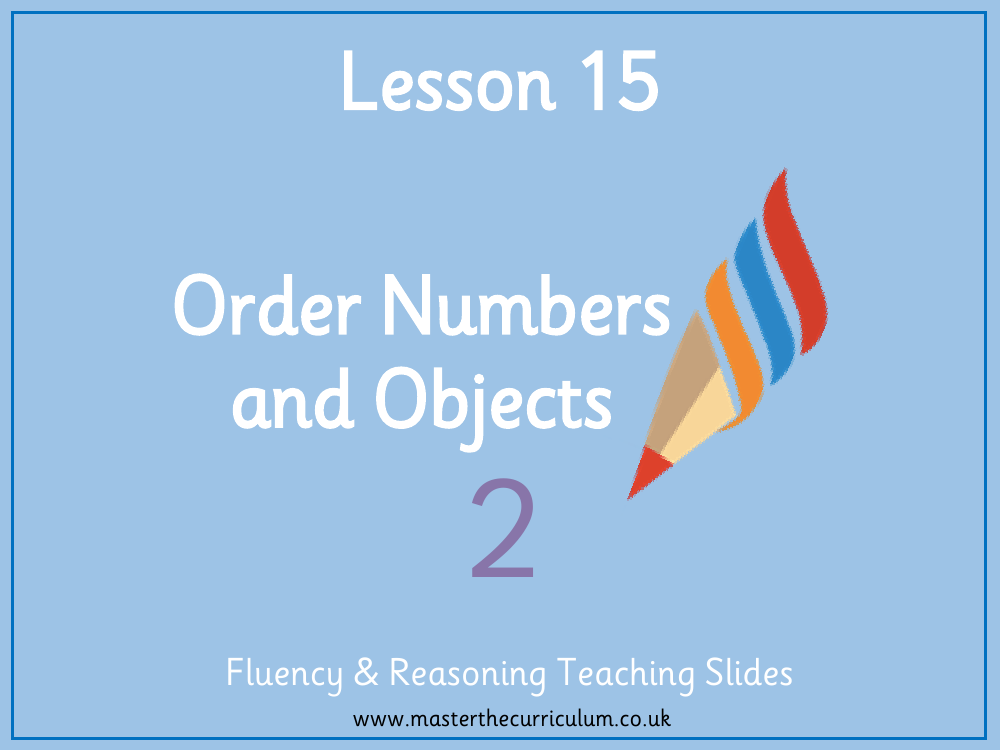
Maths Resource Description
Today's lesson is centred around the concept of ordering numbers and objects, which is a fundamental aspect of place value. Students will engage with a series of activities designed to strengthen their understanding of numerical order. In the first activity, learners will use base 10 materials to represent different numbers such as seventy, seventeen, seventy-one, and seventy-seven. The task is to write these numbers in descending order, starting with the greatest. This exercise not only helps students grasp the concept of magnitude but also demonstrates how base 10 blocks can visually validate the accuracy of their ordering.
Subsequent activities delve deeper into place value and the ordering of numbers. For example, students will compare diagrams that represent different numbers, determining which is the greatest and which is the smallest, and then complete number sentences based on their observations. Another reasoning activity challenges students to order a series of numbers, such as 33, 57, 27, 29, 12, and 73, and then identify which would be the fourth number when arranged from smallest to largest or vice versa. There's also a puzzle where students must find all two-digit numbers whose digits sum up to five, with the condition that none of the digits are zero, and then order these numbers from smallest to largest. Independent work includes various tasks such as ordering numbers, using clues to determine sequences and verifying statements as true or false. The lesson concludes with a discussion on how tools like the number line and base 10 blocks aid in correctly ordering numbers.
